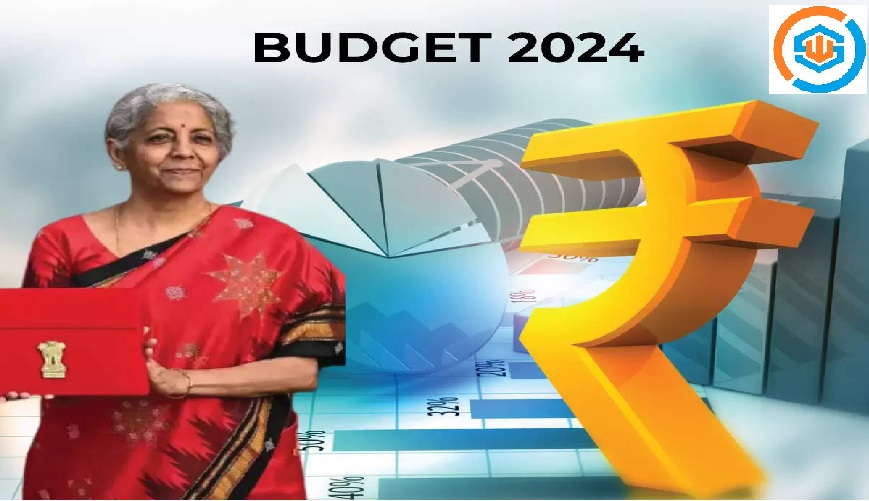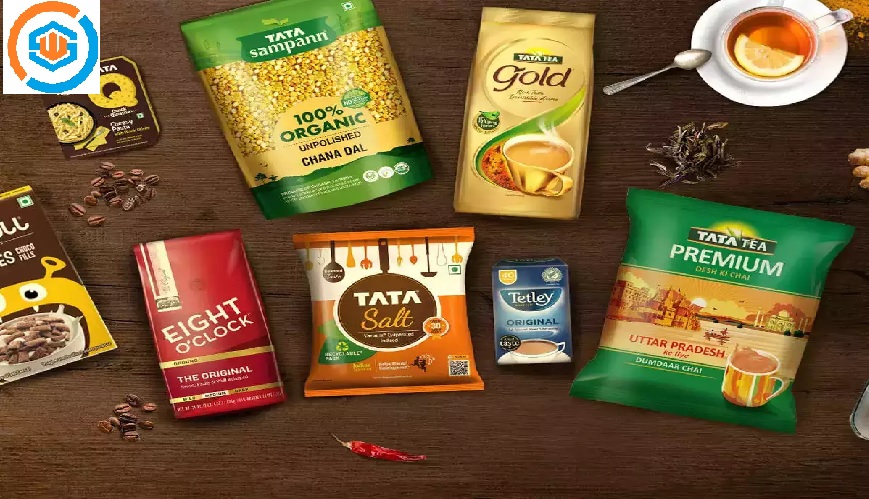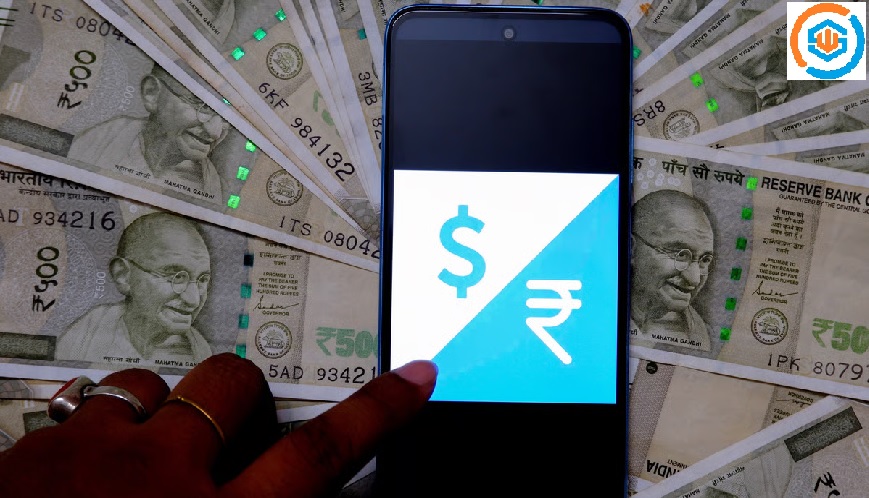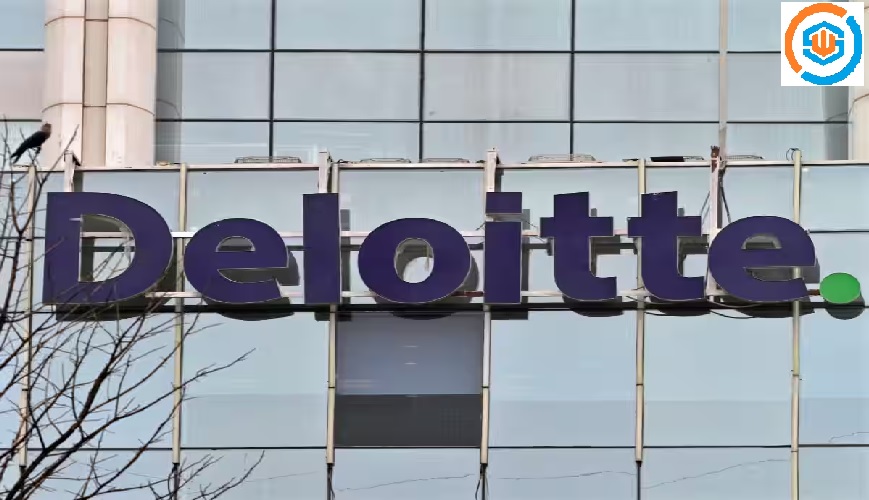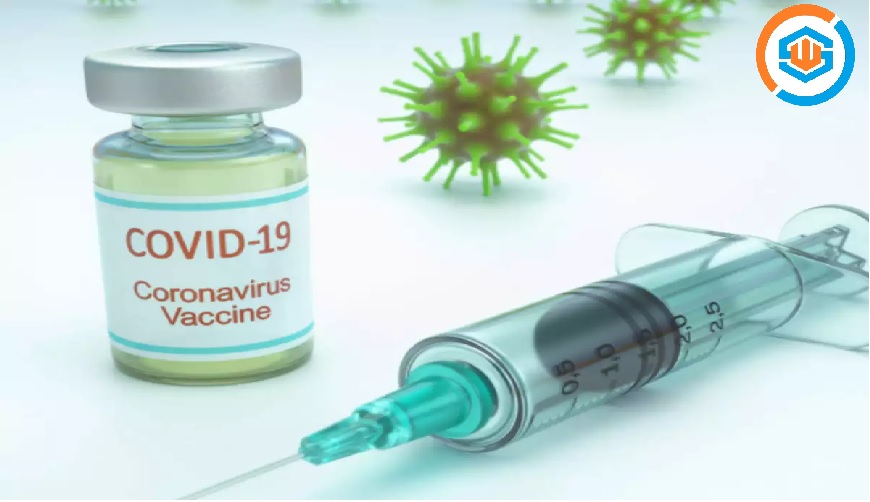
- 5 Aug
- 2021
Reading serosurvey right: Troubling implications; No antibodies in some vaccinated, big undercounting of infections
Results of the 4th National Serosurvey for Covid-19 were released on July 20, 2021. They showed the presence of antibodies to SARS-CoV-2 in 67.6% of Indians.
A serosurvey estimates how many people in a geographical area or population cluster have been exposed to a disease-causing organism. Our immune system ensures that every exposure leaves a trace in the form of antibodies; these are measured in the blood obtained from individuals who are part of a serosurvey.
The results show population-level exposure increasing with time – 0.7% in May-June 2020; 7.1% in August-September 2020; 24.1% in December 2020-January 2021; and 67.6% in June-July 2021. This chronological increase in the prevalence of SARS-CoV-2 antibodies reflects the impact of the first and second waves of Covid-19 in India.
The 4th serosurvey was unique in that the 28,975 individuals also included 10% 6- to 9-year-olds. Disaggregated data showed almost 60% of children and adolescents to have antibodies or evidence of infection. This reinforces the view that while children are spared serious illness, they get infected and would therefore transmit just as well as adults.
This has implications for the opening of schools and the role of children in spreading infection within households. The gap between seroprevalence in urban and rural areas has also narrowed with time, suggesting that the pandemic in India is firmly entrenched in villages as well. With inadequate healthcare facilities and much lower per capita incomes, the rural spread should worry policymakers.
Has India reached herd immunity? This is unlikely. The 67% is an average number for the country based on a sampling of 70 out of 718 districts in India. The 33% population still unexposed (or susceptible) to the virus amounts to over 45 crore people.
Even though the survey may be representative of the country, there would still be pockets of low seroprevalence. The highly infectious nature of the dominant Delta variant has also pushed up the herd immunity threshold to possibly 80%-85%.
There are also some outcomes of the 4th serosurvey that were either missed or perhaps deliberately ignored by ICMR analysts.
The survey also included about 5,000 and 2,600 adults who had received one or two vaccine doses, respectively. Antibodies were found in about 62% of unvaccinated people, 81% of those with one dose of vaccine, and about 90% of those with two doses of vaccine.
This means that about 10% of individuals who got both vaccine doses showed no antibodies. This demands a closer look to ask if both vaccines used in India contributed equally to the negative result or if it is heavily biased towards one vaccine. Should such people then receive booster vaccine doses?
Data from the 4th serosurvey show the average estimated UCF for India to be 33, which means that for every reported case, there are 33 other unreported ones. Based on this metric, the worst reporting states are Bihar, UP, and MP with values of 134, 100, and 86, respectively. And the three best states are Kerala, Maharashtra, and Karnataka with values of 6, 12, and 18.
“Politics is the art of looking for trouble, finding it everywhere, diagnosing it wrongly, and applying unsuitable remedies,” said Groucho Marx, the American comedian. Let us stop the politics around Covid-19 and effectively use data to get out of this pandemic.

